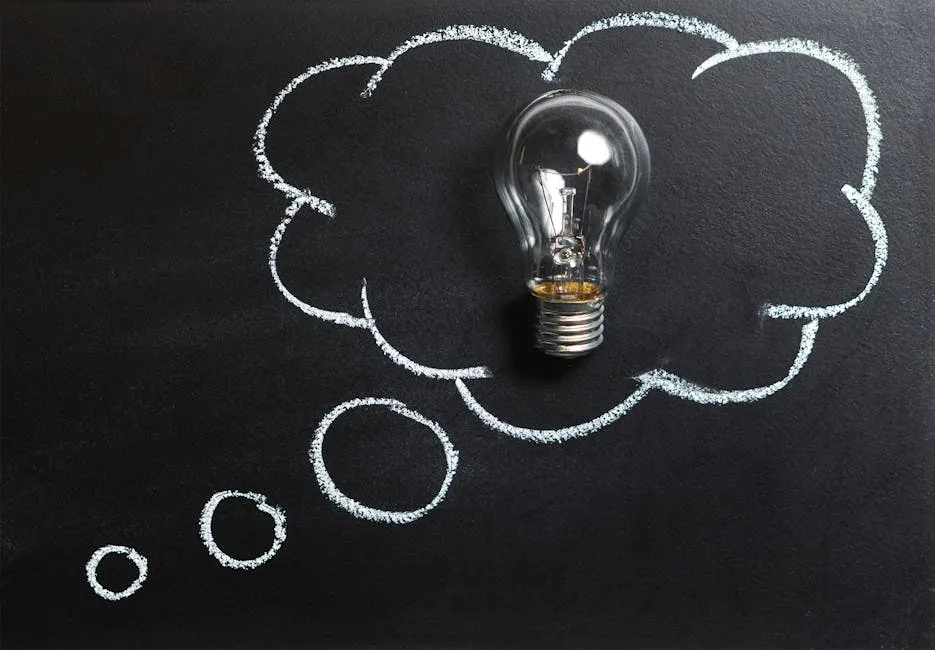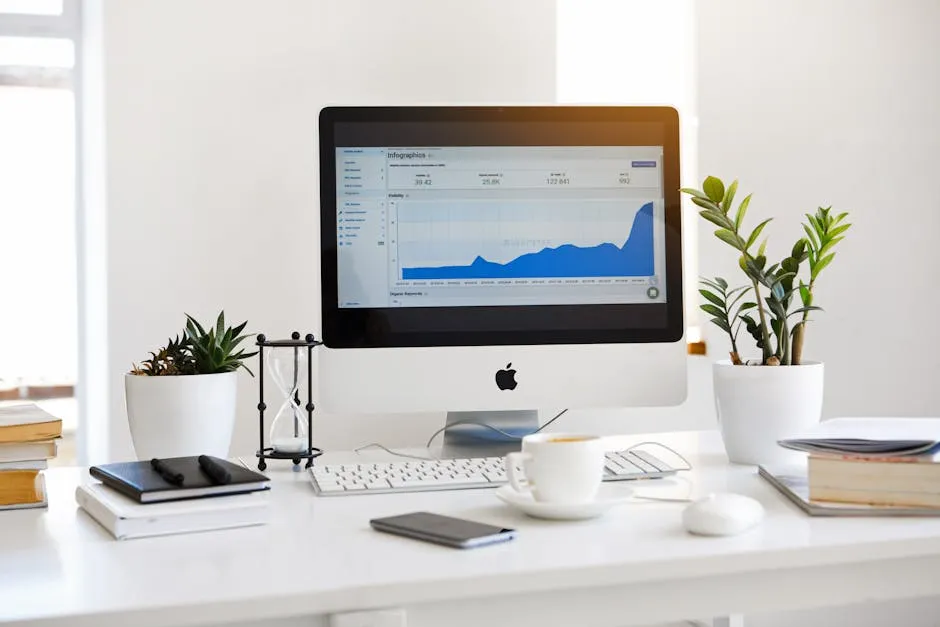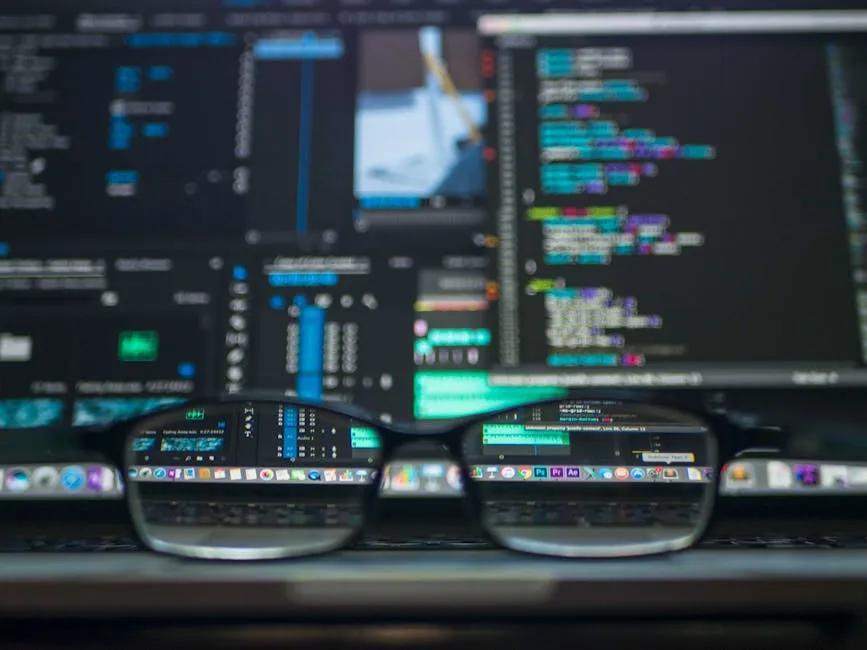Introduction
Statistics isn’t just a bunch of numbers and equations. It’s a vital tool that shapes our understanding of the world. From science to business, statistics helps us make sense of data. Think about it: every time you read a news report or analyze a market trend, statistics is the unsung hero behind the scenes. It serves as the backbone for decision-making and enhances our ability to interpret information accurately.
In the realm of science, statistics is crucial for experiments and studies. It lets researchers determine the significance of their findings. In business, statistics drive strategies and guide marketing efforts, allowing companies to understand consumer behavior. Social sciences rely on statistics to analyze trends and behaviors in society. Clearly, the importance of statistics spans multiple fields.
This article aims to provide a curated list of the best books on statistics. Whether you’re a beginner or an advanced practitioner, there’s something here for everyone. These selections will help you grasp fundamental concepts and apply statistical methods. So, buckle up! We’re diving into the best books on statistics that can transform your understanding of data.

Understanding Statistics and Its Relevance
What is Statistics?
Statistics is the science of collecting, analyzing, interpreting, and presenting data. It can be divided into two main branches: descriptive and inferential statistics. Descriptive statistics summarizes data using measures like mean, median, and mode. On the other hand, inferential statistics allows us to make predictions or inferences about a population based on a sample. For a deeper understanding of descriptive statistics, refer to this comprehensive guide on descriptive statistics in manufacturing plants.
Importance of Learning Statistics
Learning statistics is not just for aspiring mathematicians or data scientists. It’s a skill that enhances decision-making in everyday life. For instance, when evaluating health risks or considering investments, statistical literacy helps individuals make informed choices. If you want to dive deeper into statistical concepts, consider picking up “Naked Statistics: Stripping the Dread from the Data” by Charles Wheelan. It’s a fun read that makes statistics enjoyable!
Moreover, the job market increasingly values statistical skills. Companies seek professionals who can interpret data effectively. The ability to analyze trends and make data-driven decisions is immensely beneficial. Statistics is no longer just an academic pursuit; it’s a practical necessity in today’s data-driven world.
Understanding statistics equips you with the tools to navigate complex information. It demystifies data and empowers you to challenge assumptions. In essence, statistics is crucial for critical thinking and informed decision-making in various aspects of life.

Recommended Books on Statistics
For Beginners
1. “Statistics” by Freedman, Pisani, and Purves
“Statistics” by Freedman, Pisani, and Purves is a classic introductory textbook that demystifies statistics for newcomers. The authors take a no-nonsense approach, focusing on real-world examples to explain complex concepts simply. This book emphasizes understanding over mathematical rigor, making it perfect for beginners. If you’re interested in a solid foundation, grab a copy here.
One key feature is its accessibility. Each chapter includes practical exercises and summaries. The engaging writing style keeps readers interested, while the visual aids enhance comprehension. Ideal for high school students or college freshmen, this book lays a solid foundation for anyone starting their statistical journey.

2. “Naked Statistics: Stripping the Dread from the Data” by Charles Wheelan
If statistics makes you cringe, “Naked Statistics” by Charles Wheelan is your remedy. Wheelan strips away the technical jargon, presenting statistics in a fun and relatable manner. His witty style and engaging anecdotes make learning enjoyable.
Key features include real-life applications and examples that resonate with everyday experiences. The book’s approachable format encourages readers to grasp the core concepts without feeling overwhelmed. It’s perfect for those seeking a lighthearted yet informative introduction to statistics.
3. “How to Lie with Statistics” by Darrell Huff
Darrell Huff’s “How to Lie with Statistics” is a must-read for anyone wanting to understand statistical manipulation. Written in the 1950s, this book remains relevant today. Huff humorously illustrates how statistics can mislead us when misapplied. You can find it here.
The book covers various techniques used to distort data, making it a crucial resource for critical thinkers. It teaches readers to be skeptical of the numbers presented in media and advertising. If you want to become a savvy consumer of statistical information, this book is essential.

For Intermediate Learners
4. “Introduction to Statistical Learning” by Gareth James and others
“Introduction to Statistical Learning” is a comprehensive guide that bridges the gap between theoretical statistics and practical application. Authored by Gareth James, Daniela Witten, Trevor Hastie, and Robert Tibshirani, this book includes a wealth of information on statistical modeling. You can find more about it in this introduction to statistical learning PDF.
One of its standout features is the integration of R programming. Readers can apply the concepts learned through practical exercises using R. This makes it ideal for those who have a basic understanding of statistics and want to dive deeper into statistical learning techniques. If you’re looking for a practical approach, consider picking it up here.
5. “Statistical Inference” by George Casella and Roger Berger
“Statistical Inference” by George Casella and Roger Berger is a staple for graduate students in statistics. This book provides a thorough exploration of the principles of statistical inference, covering topics such as estimation, hypothesis testing, and confidence intervals. If you’re serious about advancing your knowledge, you can find it here.
Key features include rigorous explanations and a variety of exercises to reinforce concepts. It’s perfect for those who have a strong mathematical background and wish to deepen their understanding of statistical theory. This text is often used in advanced courses, making it a valuable resource for serious learners.

6. “All of Statistics: A Concise Course in Statistical Inference” by Larry Wasserman
Larry Wasserman’s “All of Statistics” is a compact yet comprehensive guide ideal for those looking to grasp the essentials of statistical inference quickly. This book is particularly suited for computer science students and those pursuing data science. You can grab a copy here.
What makes it a must-read is its clarity and directness. Wasserman covers a wide range of topics while providing practical examples. Readers will appreciate the balance between theory and application, making it an excellent resource for intermediate learners seeking to solidify their statistical knowledge.

For Advanced Learners
7. “The Elements of Statistical Learning” by Hastie, Tibshirani, and Friedman
This book is a gem for those who want to grasp statistical learning. Written by renowned authors Trevor Hastie, Robert Tibshirani, and Jerome Friedman, it covers a range of topics in data mining, inference, and prediction. The book targets advanced learners, especially those with a solid mathematical background. It’s widely used in graduate courses and is essential for aspiring data scientists. If you’re serious about understanding complex models, you can find it here.
8. “Bayesian Data Analysis” by Andrew Gelman
Andrew Gelman’s “Bayesian Data Analysis” is a pivotal read in the world of statistics. This book provides insights into modern Bayesian methodologies, making it significant for both practitioners and researchers. Gelman’s engaging writing style breaks down complex concepts, making them accessible. The book emphasizes real-world applications, showing how Bayesian analysis can be utilized across diverse fields. If you’re diving into Bayesian methods, this book is indispensable. You can find it here.

9. “Statistical Rethinking” by Richard McElreath
Richard McElreath’s “Statistical Rethinking” takes a unique approach to statistical modeling. It focuses on practical applications and uses a framework that prioritizes understanding over heavy mathematics. Perfect for those who want to think critically about statistical methods, McElreath’s book is filled with practical examples and exercises. This book is particularly appealing to researchers and practitioners in the social sciences who want to improve their statistical thinking. If you’re looking for a hands-on guide to applied statistics, you can find it here.
Specialized Books
10. “The Art of Statistics: How to Learn from Data” by David Spiegelhalter
David Spiegelhalter’s “The Art of Statistics” offers a refreshing take on statistical communication. Spiegelhalter, a leading statistician, explores how to interpret data thoughtfully. The book is designed for a broad audience, making it accessible to both beginners and seasoned practitioners. Its unique approach emphasizes understanding statistical principles through engaging stories and vivid examples. If you want to enhance your statistical literacy, you can find it here.

11. “The Signal and the Noise” by Nate Silver
Nate Silver’s “The Signal and the Noise” navigates the complexities of predictive analytics. Silver, known for his accurate political forecasts, discusses the challenges of distinguishing meaningful signals from random noise in data. If you’re interested in understanding how predictions can be made more accurately, you can find it here.
The book is both informative and entertaining, providing insights into various fields, including economics, sports, and politics. Silver’s engaging style makes complex statistical concepts relatable.

12. “Weapons of Math Destruction” by Cathy O’Neil
Cathy O’Neil’s “Weapons of Math Destruction” critiques the impact of statistical models on society. O’Neil argues that many algorithms reinforce inequality and create systemic issues. The book uses real-world examples to illustrate the dangers of relying too heavily on automated decision-making. If you care about the intersection of statistics and social justice, this is a crucial read that you can find here.

Tips for Effectively Learning Statistics
Learning statistics can sometimes feel like trying to juggle flaming torches. But fear not! With the right approach, you’ll master it without burning your eyebrows off. Here are some tips to help you effectively absorb those statistical concepts and avoid turning your brain into mush.

Engaging with Practical Examples
Statistics isn’t just about numbers; it’s about real-world applications. To truly grasp the concepts, you need to see how they work in everyday scenarios. For instance, consider a classic example: polling data. When you read about election forecasts, think about how sampling works. Ask yourself how the data was collected and what biases might exist.
Using case studies helps solidify your understanding. You could analyze sports statistics, marketing trends, or even health studies. These examples bring statistics to life and create a bridge between theory and reality. It makes the learning process less daunting and way more interesting. Speaking of interesting, if you want to explore data visualization, check out “The Visual Display of Quantitative Information” by Edward R. Tufte. It’s a fantastic resource for understanding data storytelling!

Utilizing Software Tools
In today’s data-driven landscape, knowing your way around software is crucial. Enter R, Python, and Excel—your new best friends in statistical analysis.
R is a powerhouse for statistical computing. It has an extensive library of packages that can perform almost any analysis you can think of. Plus, there are countless resources available to help you learn it. For a comprehensive guide on R, consider “R Programming for Data Science” by Hadley Wickham. It’s a great resource to get you started!
Then there’s Python, which has gained popularity for its simplicity and versatility. It’s especially handy if you’re venturing into data science. Libraries like Pandas and NumPy make data manipulation a breeze. If you’re looking for a book on Python, check out “Python for Data Analysis” by Wes McKinney.
Don’t forget about Excel! While it might seem basic, Excel is surprisingly powerful for statistical analysis. With its built-in formulas and pivot tables, you can conduct fundamental analyses without needing to code.
Experiment with these tools as you learn. They provide hands-on experience that deepens your understanding of statistical concepts. Plus, they’re invaluable for making your data analysis skills shine on a resume.
Continuous Practice
Just like learning to ride a bike, mastering statistics requires practice. Engage in exercises and problem-solving to reinforce your learning.
Look for workbooks or online resources that offer practice problems. Try to tackle a variety of questions, from basic calculations to more complex analyses. This will not only build your confidence but also solidify your grasp on various statistical techniques. If you’re looking for a workbook, consider “Statistics Workbook For Dummies”. It’s a great resource for practice!
Consider joining study groups or online forums where you can discuss problems and share solutions with others. Teaching what you’ve learned to someone else is an effective way to reinforce your understanding.
Remember, practice makes perfect! The more you work with statistical concepts, the more intuitive they’ll become. Soon, you’ll be able to navigate them with the ease of a seasoned statistician.
Conclusion
Statistics plays a crucial role in our understanding of data. It informs decisions in science, business, and social sciences alike. Through the recommended books, you can start to appreciate its importance and relevance. Each book caters to different levels of knowledge, ensuring that you find the right fit for your learning journey.
Choose a book that resonates with your current understanding and interests. Whether you are a beginner or an advanced learner, there’s something here for you. Remember, the goal isn’t just to read but to engage with the material actively. If you’re also interested in exploring the world of econometrics, consider “Introductory Econometrics: A Modern Approach” by Jeffrey M. Wooldridge. It’s a fantastic resource!
So, get out there! Pick a book, dive into the world of statistics, and embrace the learning process. Statistics is not just a subject; it’s a valuable skill that opens doors in today’s data-centric world. And don’t forget—sharing knowledge is powerful. Encourage your friends to join in on the fun and discuss these concepts together. Happy learning!
FAQs
What is the best book on statistics for beginners?
For beginners, “Statistics” by Freedman, Pisani, and Purves shines bright. This book simplifies complex concepts with clarity, making it approachable for newcomers. It uses real-world examples that connect statistics to everyday situations. Another fantastic choice is “Naked Statistics” by Charles Wheelan. Wheelan presents statistics in a humorous light, stripping away the dread and making the subject enjoyable. If you’re looking for a light read that still packs a punch, this one’s for you!
Are there any free resources for learning statistics?
Absolutely! The internet is a treasure trove of free resources. Websites like Khan Academy and Coursera offer free courses on statistics. Additionally, OpenIntro provides free textbooks that cover essential statistical concepts. If you prefer a more interactive approach, consider exploring Harvard’s STAT110 course materials available online. They provide great insights and examples that can significantly enhance your understanding of statistics without costing a dime.
How can I apply statistics in my daily life?
Statistics isn’t just for mathematicians—it’s for everyone! You can apply statistics in various daily scenarios. For instance, when tracking your spending, you might calculate averages to manage your budget better. If you’re considering a health regimen, statistics can help you interpret research studies and understand risks. Even while watching sports, statistics help you analyze player performances and team strategies. Embracing statistics enhances your decision-making skills, allowing you to navigate life’s data-driven landscape with confidence.
What software is best for statistical analysis?
When it comes to statistical analysis, software tools are your best friends. R is a popular choice among statisticians due to its extensive library of packages. It’s great for data manipulation and visualization. If you’re looking for something more user-friendly, consider Python. Its libraries, like Pandas and SciPy, are fantastic for statistical analysis and data science applications. Excel remains a solid option for beginners, offering essential statistical functions in a familiar interface. Choose the tool that aligns with your comfort level and goals, and watch your statistical skills soar!
Please let us know what you think about our content by leaving a comment down below!
Thank you for reading till here 🙂
All images from Pexels




